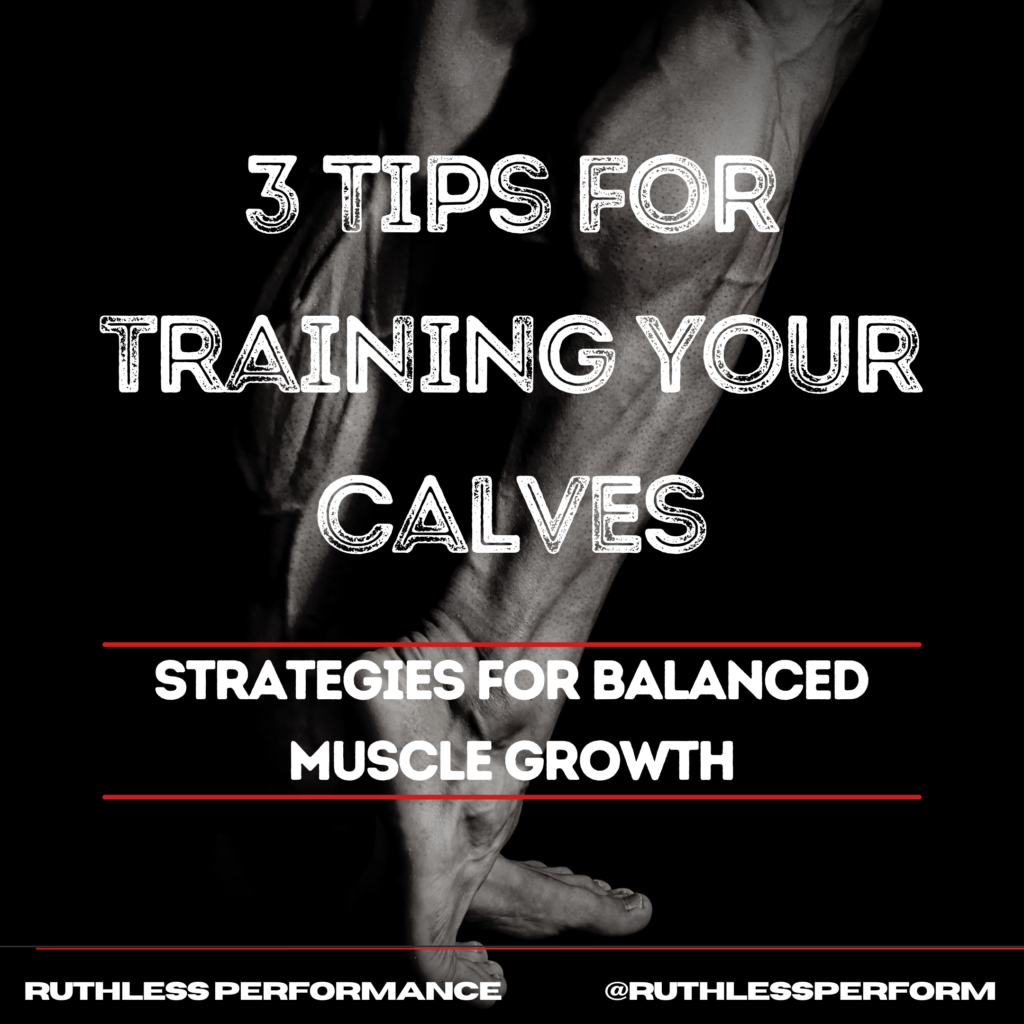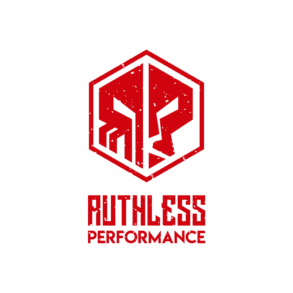This article is definitely off-topic relative to our normal content on athleticism and human performance. One doesn’t need direct calf training for most sports or to maximize what they can do as a person, per se…
But calves that are disproportionately small relative to the upper leg–or even worse–compared to the upper body are a distraction and can even be laughable to a casual observer. This can make much of your muscle growth in vain if you’re trying to create a balanced physique or if you’re trying to make your debut as a bodybuilder.
If you’ve been called chicken legs, then I’m talking directly to you.
In classic bodybuilding the gold standard for calf development is about a 1:1 size ratio between the circumference of the upper arm to the circumference of the calf.
While writing this I did a very rudimentary measure of my own arm-to-calf development and am definitely leaning towards greater calves than arms. Like all aspects of performance and sport, genetics are a quick scapegoat. But this is hardly genetic. In fact, I added about an inch to my calves in just a few short months of training during college and have been consistently building larger calves ever since.
Like all aspects of performance and sport, genetics are a quick scapegoat.
– @RuthlessPerform
Below I’ll dive into how you can build bigger calves and what you might have been doing wrong with your calf training this whole time.
3. Stimulate the Tibialis Anterior
Like most muscles the calves have a muscle which works antagonistically to it.
When we think of the calves, we’re actually talking about the Gastrocnemius and the Soleus, both of which contribute to plantar flexion–pointing the toes down. The antagonist muscle to this action is the Tibialis Anterior which dorsiflexes the foot (toes up).
By training the Tibialis Anterior, you’ll be able to add more mass to the calves. In the most simplistic terms this is because a muscle cannot outpace growth in its antagonist. If it did, it could create serious injury risk by the stronger muscle generating too much force and its antagonist simply tearing under the force of the contraction.
Stronger and bigger tibialis = greater potential for calf strength and size.
2. Choose Quality Reps Over Quantity of Weight
Just because you can load up all of the plates on a standing calf raise machine doesn’t mean that you should load up all of the plates on a standing calf raise machine.
At the Ruthless Performance Mobility & Fitness Studio we do not have a dedicated calf developer machine. But prior to opening this facility, or when I train elsewhere, I’ll still never load more than about 200 lbs. on the machine. And I’ll load way less than that if its a seated calf raise.
More important than weight is time-under-tension. Focus on controlled reps, with no bounce at the bottom whatsoever.
You want a big contraction at the top of each rep for 1-2 seconds, controlled descent, 1-2 second stretch at the bottom, relatively rapid return to the top. This is your cadence from now on.
If you can still load up all of the plates on the calf developer and maintain that cadence for 3 sets of 25 reps (or more) well then congrats on being so tough, but I doubt that this is the case.
Hold each rep for 1-2 seconds both at the top and at the bottom. A large volume of reps done this way will automatically lessen the weight used.
1. Train with Short Periods of Dedicated Growth
If found this to be the best strategy for growing almost any muscle… 8-16 Weeks of dedicated, near daily stimulation for the target muscle. This is a great strategy for the calves because you can get a solid workout in with very sore calves and almost no decrease to training performance on any of the major lifts.
We train most of our athletes on four-week training waves. If we were focusing on calf development, we would have some direct calf stimulation in on a near daily basis.
A good strategy would be to alternate days between standing calf raise, seated calf raise, and tibialis training. If you’re training 6x / wk, run through this series twice. You can add this in before your main work or just cram it in at the end of the workout, unlike forearm training, calf training places very little strain on the central nervous system and can be trained with very high frequency.
Train the calves daily for the best results. After 2-4 months move onto your next goal for muscle growth and focus on that for a similar intensity and timeline.
Bonus: Calf SMR for Healthier Ankles
Talking about muscle growth is so outside of my usual talking points relating to better human performance, improving your posture, mobilizing the spine, joint-by-joint blah blah blah, but in the case of Calf SMR, there’s a bit of a crossover.
SMR just refers to self-myofascial release. With the calves, this usually means foam rolling it into oblivion.
From the perspective of muscle growth, foam rolling will allow the fascia to expand, giving the muscle more room for growth.
From an injury prevention and movement perspective, foam rolling the calves will ensure better movement at the ankle. Better ankle movement ensures better landing mechanics from jumps, greater energy dissipation up the kinetic chain, and an overall better foundation connecting the ground to the body.
Foam roll your calves for :30 Seconds to :90 seconds per side before and after workouts that include calf exercises.
Wrap up…
Calf training isn’t particularly the sexiest type of training, but a few weeks of it performed well will provide a lifetime of better lower leg aesthetics.
Once you’ve gone through a 8-16 week cycle of dedicated calf growth, you can add-in the occasional unilateral standing calf raise for some basic maintenance.
Still want to learn more about how we train? Contact us or follow us on Instagram and Twitter.

